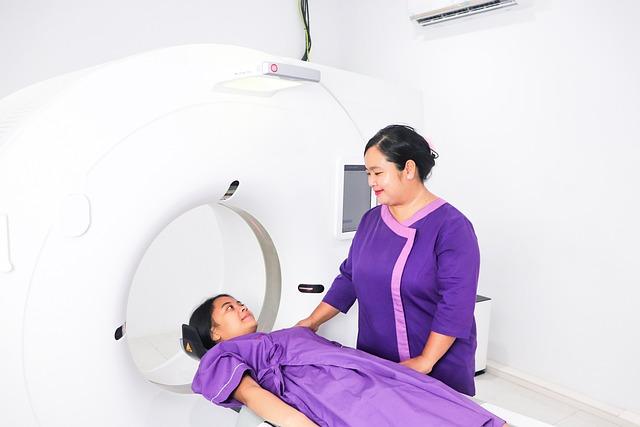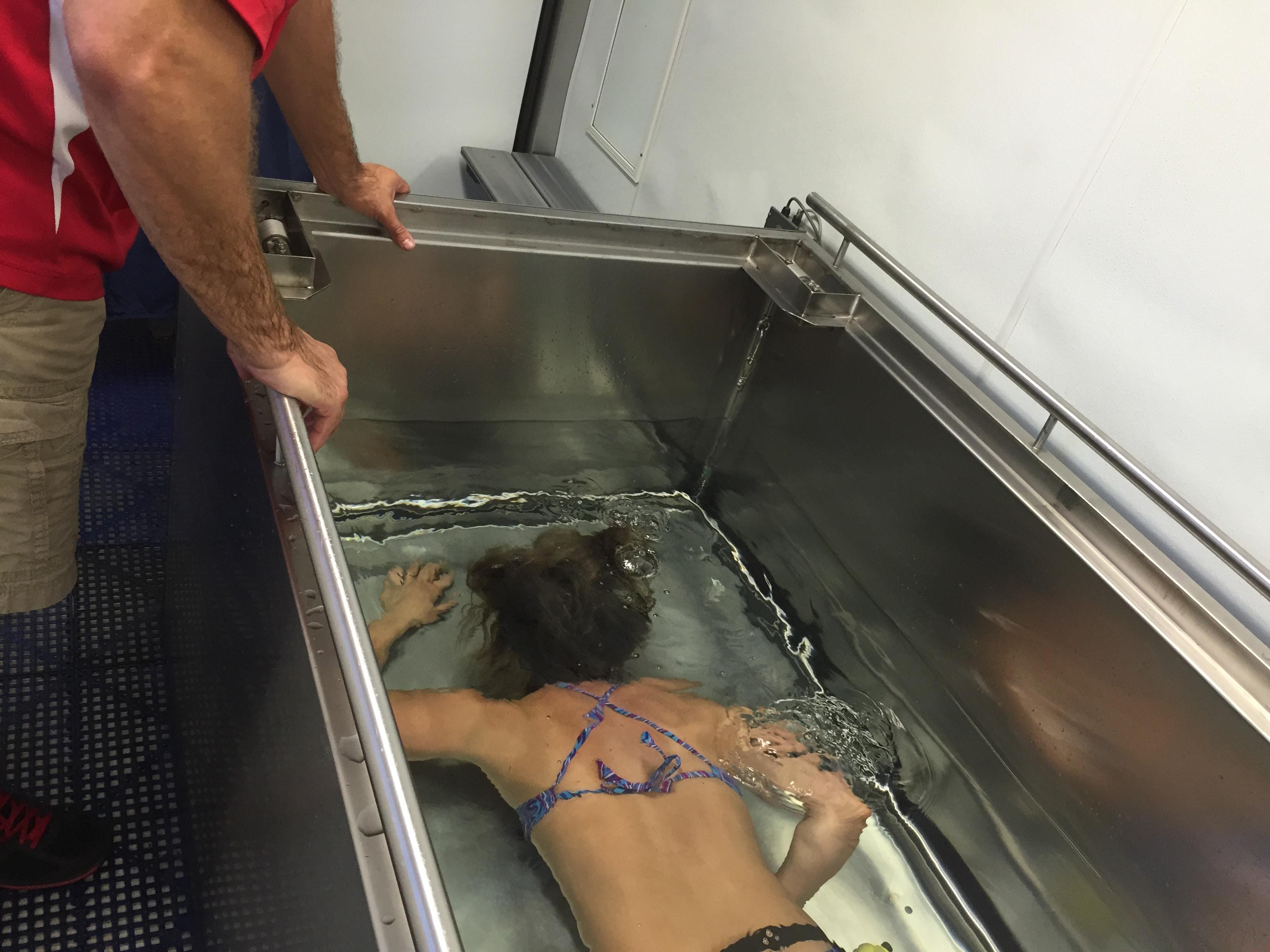In the quest for optimal health and fitness, understanding body composition changes is paramount. While the bathroom scale provides a rudimentary measure of progress, it often fails to capture the nuanced shifts in muscle and fat that define true body transformation. This article delves into the sophisticated realm of accurately calculating body fat loss, employing advanced methods that transcend traditional metrics. By leveraging cutting-edge technology and scientific principles, we provide a comprehensive guide to assessing body fat with precision. Whether you’re a fitness enthusiast, a healthcare professional, or someone embarking on a personal health journey, this authoritative resource will equip you with the knowledge and tools to measure body fat loss with unparalleled accuracy, empowering you to make informed decisions about your health and fitness trajectory.
Understanding the Science Behind Body Fat Measurement Techniques
When it comes to determining body fat loss, it’s essential to employ methods that offer precision and reliability. Several advanced techniques can accurately measure body fat, each with its own unique approach and benefits. Bioelectrical Impedance Analysis (BIA) is one such method, using a small electrical current to estimate body composition. It’s quick and non-invasive, making it a popular choice for both fitness enthusiasts and professionals. Dual-Energy X-ray Absorptiometry (DEXA), on the other hand, provides a more detailed analysis by measuring bone density, fat, and lean muscle mass through low-level X-rays. This method is considered highly accurate but requires specialized equipment and is typically conducted in a clinical setting.
For those seeking a more accessible approach, Skinfold Calipers can be a practical option. This method involves measuring the thickness of skinfolds at specific body sites to estimate total body fat percentage. Although it requires some skill to ensure consistent results, it remains a trusted technique when performed by a trained professional. Hydrostatic Weighing and Air Displacement Plethysmography (ADP) are also noteworthy, utilizing water and air displacement respectively to calculate body volume and density. While these methods are generally accurate, they may not be as convenient for everyday use. By understanding these advanced techniques, individuals can select the most suitable method for tracking their body fat loss journey with confidence.

Utilizing DEXA Scans for Precise Body Composition Analysis
When it comes to measuring body fat loss with precision, DEXA scans (Dual-Energy X-ray Absorptiometry) stand out as one of the most advanced methods available. Unlike traditional scales or simple tape measurements, DEXA scans offer a comprehensive analysis of body composition by distinguishing between bone mass, lean muscle, and fat tissue. This method allows for a detailed understanding of where fat loss is occurring in the body, which is crucial for individuals aiming for targeted weight loss or muscle gain.
- Accuracy: Provides a precise breakdown of body composition, minimizing the guesswork associated with other methods.
- Detail: Offers insights into regional fat distribution, helping tailor fitness and diet plans to specific goals.
- Progress Tracking: Enables detailed tracking over time, making it easier to adjust strategies for optimal results.
By incorporating DEXA scans into your fitness regimen, you can move beyond simple weight metrics and embrace a more scientific approach to understanding and achieving your body composition goals.

Incorporating Hydrostatic Weighing for Accurate Fat Loss Tracking
For those seeking the pinnacle of precision in tracking fat loss, hydrostatic weighing stands out as a gold standard. Unlike conventional methods that often rely on assumptions and estimations, hydrostatic weighing measures body density directly. This technique involves submerging the individual in water and calculating body composition based on water displacement and buoyancy principles. The result is an exceptionally accurate assessment of body fat percentage, making it ideal for serious athletes and those committed to a transformative journey.
- Unmatched Accuracy: By directly measuring body density, this method eliminates the guesswork often found in other fat measurement techniques.
- Consistent Results: Unlike skinfold calipers or bioelectrical impedance analysis, hydrostatic weighing remains unaffected by hydration levels or recent exercise, ensuring consistent results.
- Scientific Rigor: Widely used in research settings, this method is backed by scientific validation, providing confidence in its accuracy.
Embracing hydrostatic weighing might require access to specialized facilities, but the insights gained can be transformative for anyone serious about understanding and optimizing their body composition.

Leveraging Bioelectrical Impedance Analysis for Consistent Monitoring
Bioelectrical Impedance Analysis (BIA) offers a sophisticated method for tracking body composition changes, ensuring precise insights into your fat loss journey. By sending a low-level electrical current through the body, BIA measures the resistance of different tissues, providing a detailed breakdown of fat, muscle, and water content. To harness this technology effectively, consider the following key points:
- Consistency is crucial: Conduct BIA assessments at the same time of day, ideally in the morning, to minimize variables like hydration and food intake.
- Hydration status: Ensure proper hydration for accurate readings. Dehydration can falsely elevate body fat percentage.
- Device calibration: Regularly check and calibrate your BIA device according to the manufacturer’s guidelines to maintain accuracy.
By integrating these practices, BIA can be a powerful tool in your fitness arsenal, offering reliable data that can guide dietary and exercise adjustments, ultimately leading to more effective body fat loss strategies.
